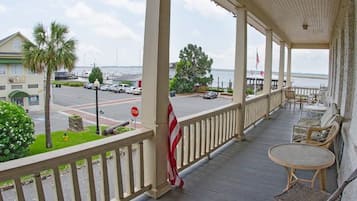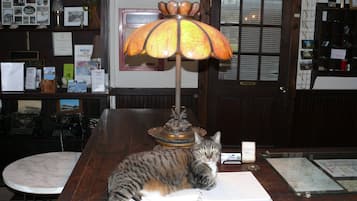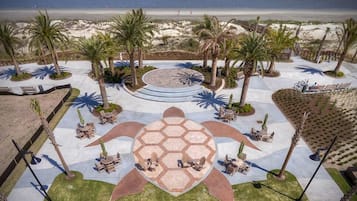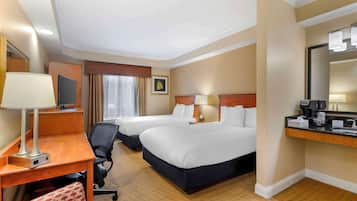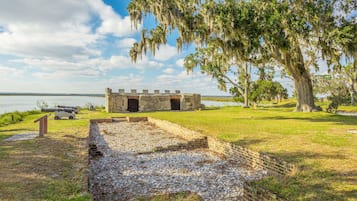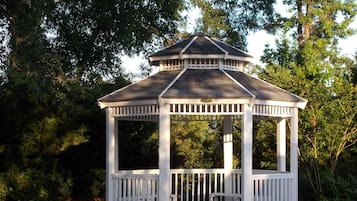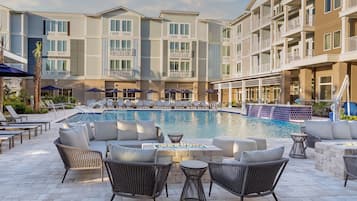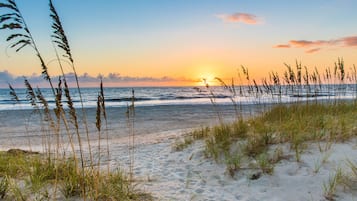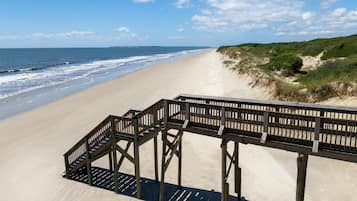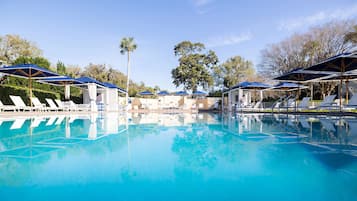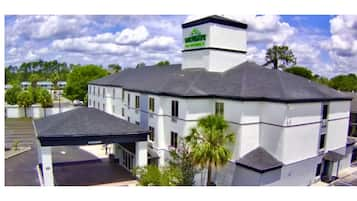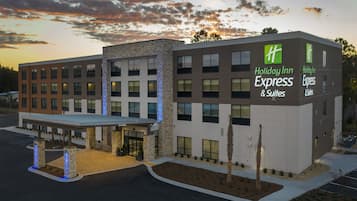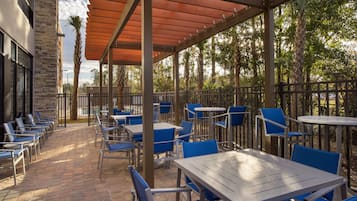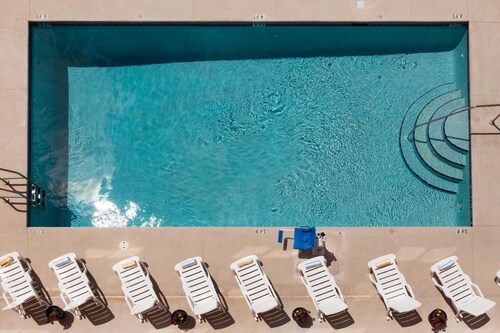Foto tomada por Michael Schuier
Hoteles en Cumberland Island
Opciones de cancelación gratuita si cambias de planes
Acumula recompensas por cada noche de estancia
Ahorra más con los Precios para socios
Consulta precios para estas fechas
Esta noche
Mañana
Este fin de semana
El próximo fin de semana
Dónde hospedarse en Cumberland Island

Economy Inn
Economy Inn
9.6 de 10, Excepcional, (14)
El precio actual es de AR$ 69.447
AR$ 85.713 en total
impuestos y cargos incluidos
27 nov. - 28 nov.
Precio por noche más bajo encontrado en las últimas 24 horas para una estadía de una noche para dos adultos. Los precios y la disponibilidad están sujetos a cambios. Es posible que se apliquen más términos y condiciones.
Encuentra un hospedaje especial en Cumberland Island
Departamentos
Vista al mar
Principales lugares de interés en Cumberland Island
Más información sobre Cumberland Island
Las atracciones, como Mansión Plum Orchard y First African Baptist Church, le dieron a Cumberland Island fama mundial.
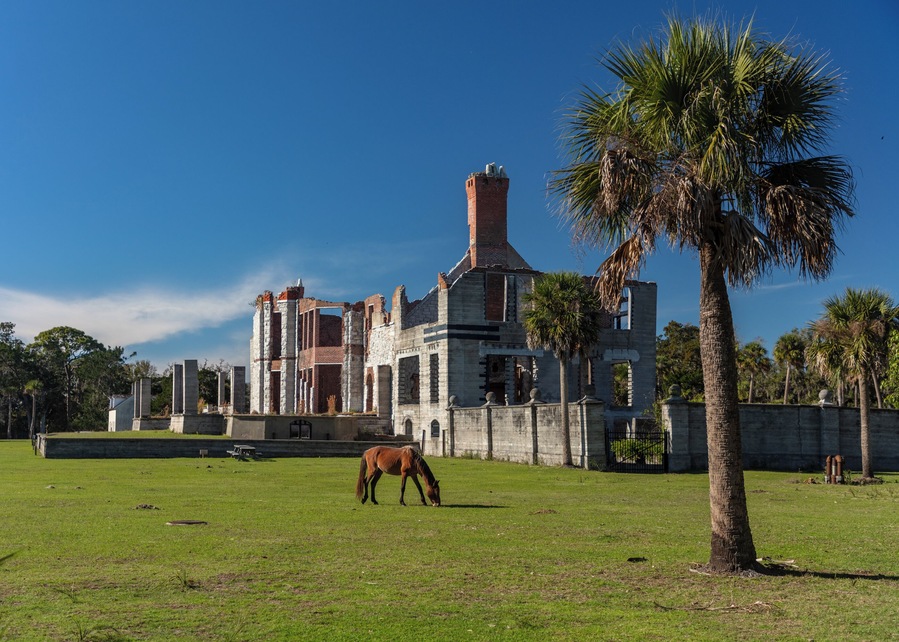
Foto tomada por Michael Schuier
Foto de uso libre tomada por Michael Schuier
Lee las opiniones de los huéspedes sobre sus hoteles favoritos en Cumberland Island

Extended Stay America Premier Suites - Jacksonville - Airport
10/10 Excelente
Preguntas frecuentes
Descubre más destinos
- Lugares de interés
- Hoteles próximos a aeropuertos cercanos
- Ciudades cercanas
- Principales ciudades en Estados Unidos
- Más hoteles
- Destinos más buscados
- Hoteles cerca de Mansión Plum Orchard
- Hoteles cerca de Naval Submarine Base Kings Bay
- Hoteles cerca de Playa Driftwood
- Hoteles cerca de Omni Amelia Island Resort Golf
- Hoteles cerca de Fernandina Beach
- Hoteles cerca de Jekyll Island State Park
- Hoteles cerca de Muelle Saint Simons Island Pier
- Hoteles cerca de Club de golf de Sea Island
- Hoteles cerca de Emerald Princess II Casino
- Hoteles cerca de American Beach
- Hoteles cerca de Faro de la Isla de Amelia
- Hoteles cerca de Museo del faro de St. Simons
- Hoteles cerca de Jekyll Island Convention Center
- Hoteles cerca de Parque Estatal Fort Clinch
- Hoteles cerca de Centro nacional para visitantes de la isla Cumberland
- Hoteles cerca de Summer Waves Water Park
- Hoteles cerca de Complejo de golf de Sea Palms
- Hoteles cerca de Ferry de la isla Cumberland
- Hoteles cerca de Club de golf de la Isla Jekyll
- Hoteles cerca de Georgia Sea Turtle Center
- Hoteles en Nueva York
- Hoteles en Las Vegas
- Hoteles en Orlando
- Hoteles en Chicago
- Hoteles en Los Ángeles
- Hoteles en Miami
- Hoteles en San Francisco
- Hoteles en San Diego
- Hoteles en Houston
- Hoteles en Pigeon Forge
- Hoteles en Gatlinburg
- Hoteles en San Antonio
- Hoteles en Nashville
- Hoteles en Atlanta
- Hoteles en Boston
- Hoteles en Austin
- Hoteles en Key West
- Hoteles en Fort Lauderdale
- Hoteles en Honolulú
- Hoteles en Nueva Orleans
- Best Western Plus First Coast Inn & Suites
- Beach 5 Villas - Immaculate 300 steps from the Ocean
- Home2 Suites by Hilton Fernandina Beach Amelia Island, FL
- Ocean Inn and Suites
- Holiday Inn Resort Jekyll Island by IHG
- Best Western Plus Kingsland
- Wingate by Wyndham Kings Bay Naval Base / I-95
- Fairfield Inn & Suites by Marriott Kingsland
- The King and Prince Beach & Golf Resort
- Hampton Inn Amelia Island at Fernandina Beach
- Surf and Sand Fernandina Beach at Amelia Island, an Ascend Collection Hotel
- Queens Court
- Hampton Inn St. Simons Island
- Saint Simons Inn by the Lighthouse
- Florida House Inn
- Residence Inn by Marriott Jekyll Island
- Courtyard by Marriott Jekyll Island
- Magnolia Inn Kingsland
- Motel 6 Kingsland, GA - Kings Bay Naval Base
- SureStay Plus Hotel by Best Western St Marys Cumberland
- Vintage Amelia Island Apartments
- Villas By the Sea Resort & Conference Center
- Residence Inn by Marriott Amelia Island
- Hampton Inn Kingsland
- Sea Palms Resort St Simons Island
- Red Roof Inn Kingsland
- Home2 Suites by Hilton St. Simon's Island
- Spark by Hilton Kingsland
- Elizabeth Pointe Lodge
- Best Western Plus St. Simons
- Mariners Suites
- Hawthorn Extended Stay by Wyndham Kingsland
- Jekyll Ocean Club
- Beachside Motel
- Holiday Inn Express Hotel Jacksonville North - Fernandina by IHG
- Country Inn & Suites by Radisson, Kingsland, GA
- Village Inn and Pub - Adults Only
- Baymont by Wyndham Kingsland
- Americas Best Value Inn & Suites Brunswick
- Holiday Inn Express & Suites Kingsland I-95-Naval Base Area by IHG
- Travelodge by Wyndham Kingsland GA
- Ocean Lodge Resort
- Economy Inn
- Super 8 By Wyndham Kingsland I-95/Naval Base Area
- The Beachview Club
- The Sea Gate
- Riverview Hotel
- Econo Lodge Kingsland
- Econo Lodge Brunswick Travel Center
Destinos más buscados
Hoteles
- Hoteles en Gilroy
- Hoteles de playa en Sarasota
- Hoteles en Gary
- Hoteles en New Braunfels
- Hoteles en Wellington
- Hoteles en Covington
- Hoteles en Honolulú
- Hoteles en San Diego
- Hoteles de playa en Naples
- Hoteles baratos en Marquette
- Hoteles en Palm Beach
- Hoteles en Forks
- Hoteles en Orem
- Hoteles en Harrisonburg
- Hoteles en Menlo Park
- Hoteles de playa en Siesta Key
- Hoteles en Key West
- Hoteles en Fort Benning
- Hoteles baratos en Portland
- Hoteles en Charleston
- Hoteles en Aspen
- Hoteles en Bradenton Beach
- Hoteles en Shreveport
- Hoteles en Martínez
- Hoteles en Dacula
- Hoteles en Winter Garden
- Hoteles en Boca Raton
- Hoteles en Key Largo
- Hoteles baratos en Key West
- Hoteles en Cody












